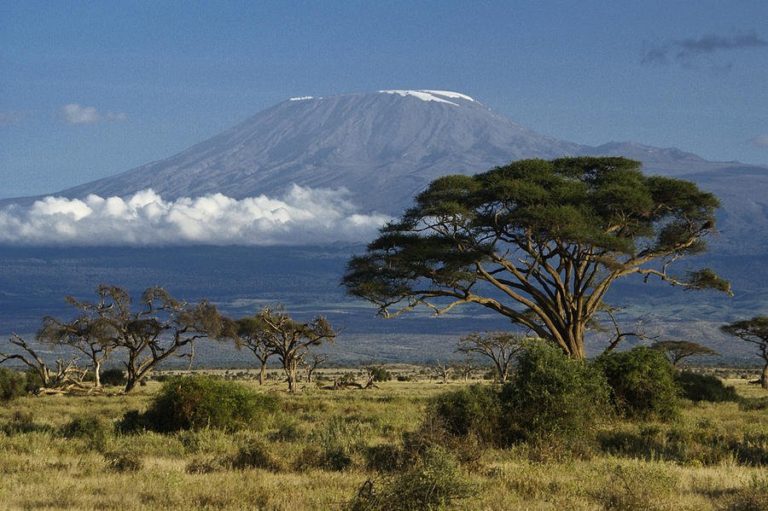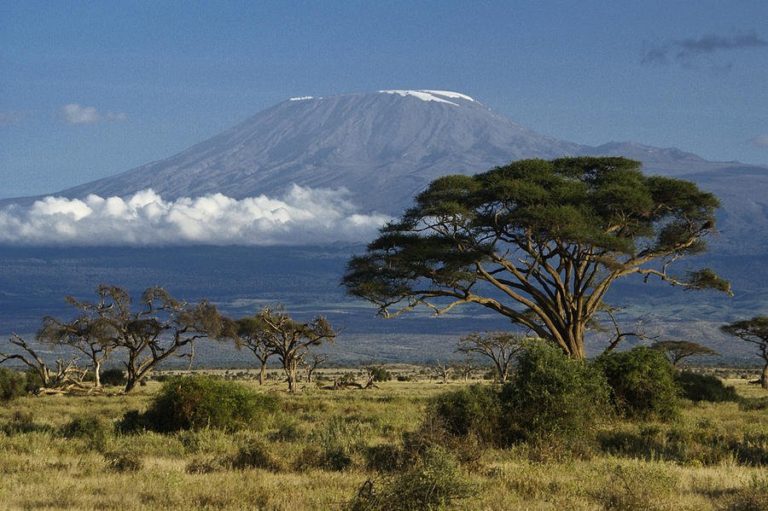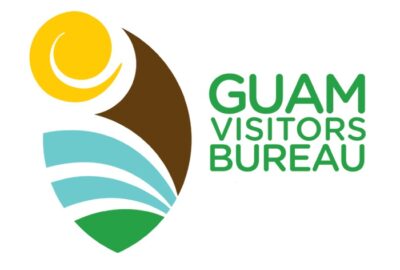A cable car is to be rolled out on Mount Kilimanjaro by a foreign company to improve access and boost tourism, amid strong protest from key local industry players.
Overlooking the sprawling Savannah plains of Tanzania and Kenya, the snow-capped mountain of Kilimanjaro rises majestically in splendid isolation to 5,895 metres above the sea level, making it the world’s highest freestanding peak.
Tanzania Deputy minister for Natural Resources and Tourism Constantine Kanyasu says the Cable Car facility was part of the government’s latest strategy to woo tourists with over 50 years of age.
Mr Kanyasu says that they hope that the cable car will allow more ageing tourists to experience the wide variety of nature and wildlife of Mount Kilimanjaro.
Instead of the familiar views of snow and ice, this cable car would offer a day trip safari with a bird’s eye view, contrary to the eight-day hiking trip.
The initial work for the cable car has just taken off with AVAN Kilimanjaro hiring the Crescent Environment and Management (CEM) Consult Limited to conduct Environmental and Social Impact Assessment (ESIA).
CEM officer Beatrice Mchome had engaged tour operators and other mountain stakeholders in Kilimanjaro and Arusha region where she made presentations on the proposed cable car and a lodge projects as part of the ESIA process.
Uproar
Key industry players, namely tour operators, guides and porters strongly protest the new facility, saying climbing the magnificent Kilimanjaro Mountain on foot is a lifetime experience that should never be compromised by cable cars.
Mount Kilimanjaro Porters Society (MKPS) opposes the cable car product outright, saying it will deny employment nearly 250,000 unskilled porters scaling up Mount Kilimanjaro for a wage each year.
“Much as the cable car service doesn’t require porters, majority of tourists will climb Mount Kilimanjaro on day trip basis using the new product to cut down costs and length of stay,” MKPS vice chairman Edson Mpemba explains.
Mpemba wonders that decision makers had overlooked interests of the huge number of unskilled labour force, which solely depends on the mountain to eke out a living.
“Think of the ripple effect on families of the 250,000 unskilled porters,” he stresses, cautioning:
“The cable car facility will initially look like a noble and innovative idea, but it will, in a long run, ruin the future of the majority of local people whose livelihood depends on the mountain.”
Seasoned tour guide Victor Manyanga echoes his fears saying the glittering cable car product will contradict the country’s conservation policy, as it will encourage mass tourism and become a major threat to the ecology of Mount Kilimanjaro.
GOT NEWS? click here
Google News, Bing News, Yahoo News, 200+ publications
“The cable car will be installed along the Machame route, which doubles as an irreplaceable birds migratory route…I am greatly worried over electric wires severely affecting the migration of birds,” Manyanga says.
Speaking on condition of anonymity, a tour operator accuses authorities of deliberately violating the law of the land by allowing a foreign investor to operate a cable car service on Mount Kilimanjaro.
“The law provides for exclusivity of Mount Kilimanjaro services to local operators, how come a foreign company is licensed to operate a cable car against it?” he queries.
Section 58(2) of the 2008 Tanzania Tourism Act No 11 clearly says mountain climbing or trekking registration will be issued to companies fully owned by Tanzanians.
Tour operators are also worried over the cable car harshly affecting revenues in a long run, owing to the service significantly reducing the length of stay from eight to one day.
“Assume all 50,000 tourists hiking Mount Kilimanjaro a year opt for the cable car, the national park will get $4.1 million fee, down from the current $55.3 million,” the tour operators say.
They fear the multiplier effect of the decline to the entrance, camping, rescue and crew fees will also be reflected on the national economy.
Chief Park Warden with Kilimanjaro National Park (KINAPA) Betty Looibok says the cable car is but only one of several additional tourism products embedded into Mount Kilimanjaro’s General Management Plan (GMP) in an effort to boost revenue.
“Cable car is for physically challenged persons and aged tourists who want to experience the thrill of climbing Mount Kilimanjaro up to Shira Plateau without wishing to summit,” she explains.
Looibok says the construction of the cable car will depend on the outcome of the environmental and social impact assessment study, which is currently underway.
Plans for the cable car service on the Kilimanjaro Mountain are not entirely new; as the discussions date back 1960s when they were not successful.
The feasibility plan in place will, however, bring the cable car one step closer to reality and make the mountain more accessible than it has been so far.
Some of the 50,000 tourists conquering Mount Kilimanjaro peaks a year though use challenging specialist routes, most of them opt for one of the six separate walking routes to the roof.
They generally take seven to eight days and are provided with accommodation in camps pitched around peaks for them to adjust to the altitude as they ascend.








